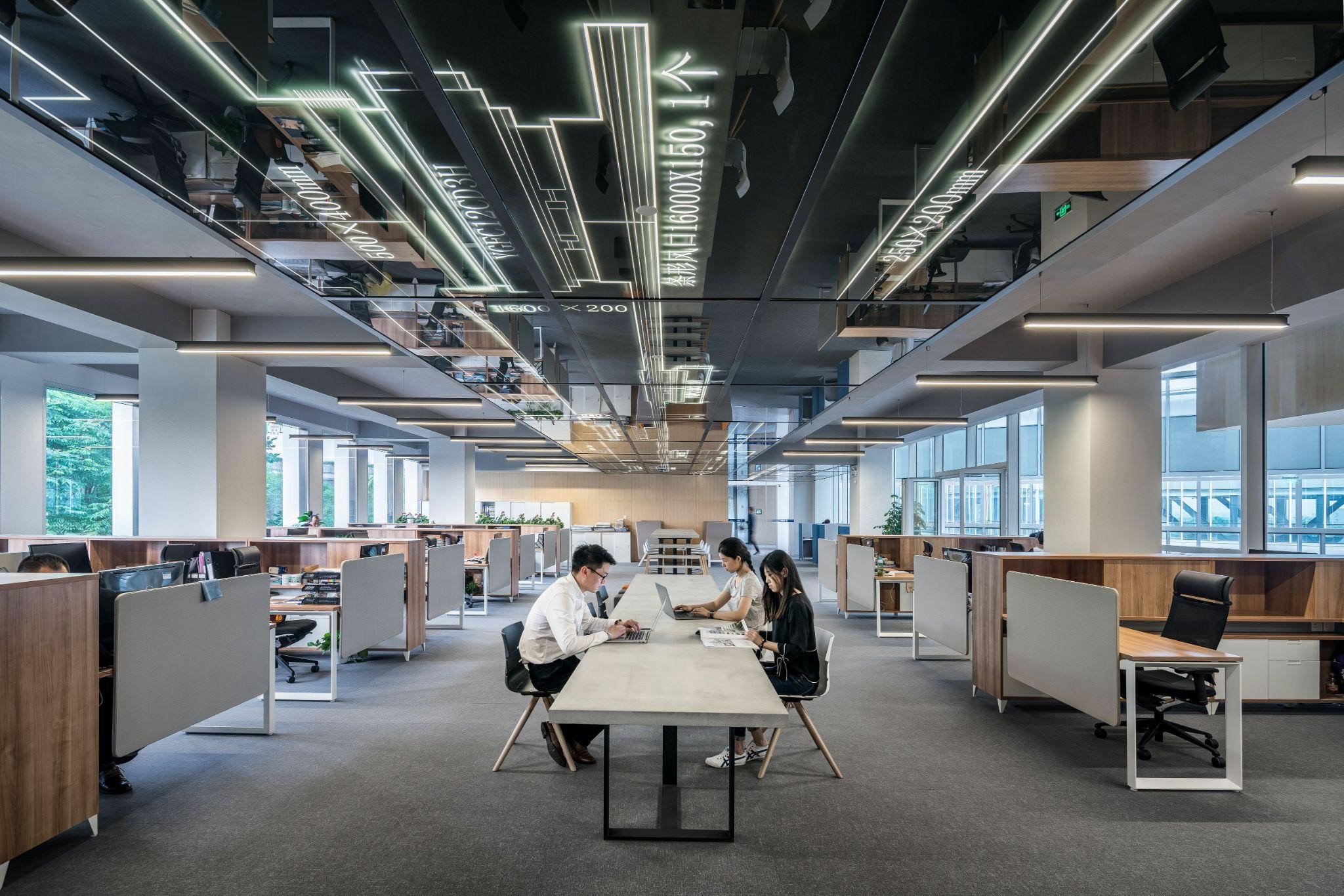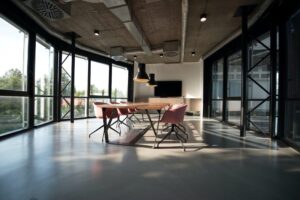
The future of remote work and how to reshape office workspaces?
The future of remote work and how to reshape office workspaces?
The term remote work is changing the way we think about physical workspaces.
Remote work has been on the rise for years, but the pandemic has accelerated the shift towards working from home. With many companies now embracing remote working as a permanent option, it’s clear that the way we think about office space is changing.
The future of remote work and its impact on office space.
As the world becomes increasingly digital, remote working is quickly becoming the norm, and with the advent of virtual offices for workspaces like MAKANAK and remote teams, the way we work has changed, as have the spaces in which we work.
The impact of remote working on office space is significant, and we can expect to see even more changes in the future.
Impact on office space.
One of the most important effects of remote working is that physical office spaces may become smaller or more flexible, with fewer people coming into the office on a daily basis. Companies may be able to shrink their physical workspace, saving on rent and other expenses.
The rise of remote working has already had a huge impact on office spaces. With fewer employees accessing the office, many companies are downsizing or eliminating their physical space altogether and relying on workspaces that offer virtual office solutions such as Makanak Business Solutions.
But that doesn’t mean that physical office space will be a thing of the past.
Absolutely not, because many employees need to go to the workspace periodically, and therefore flexible office spaces appeared as your place, which helps companies to reduce and increase the workspace flexibly, and also allows the possibility of relying on a virtual office, which allows you to benefit from a prestigious address and reception services for your customers And access to meeting rooms, whether to meet with your employees and maintain communication or with your customers and complete your deals.
Virtual offices and remote teams.
As remote work becomes more common, the traditional office is being replaced by the virtual office.
With the help of technology, through remote teams because they can work together seamlessly regardless of location while reducing costs caused by their reliance on a private office, this does not mean that physical office space is no longer a necessity for businesses.
Get flexible office space for your company
Design changes that occur due to the advent of remote work.

As remote work becomes more prevalent, office spaces are undergoing major changes in their design and layout. With fewer employees physically in the office, the need for vast open spaces and dedicated workstations diminishes. Instead, offices are adopting a more agile design that emphasizes collaboration, creativity, and providing a positive work environment for existing employees.
- More open spaces
With fewer employees in the office, there is less need for workstations and individual cubicles. Instead, the offices open up space for common areas and co-working spaces.
- Design focused on collaboration
In addition to creating more open spaces, offices focus on designing areas that promote collaboration and teamwork. This includes creating team spaces, such as conference rooms and more, where employees can work together on specific projects.
- Flexibility
As remote work becomes more common, employees are spending less time in the office.
Office spaces are adapting to this trend by creating more flexible workstations that can be easily reconfigured for different tasks and activities. This allows employees to work in a space tailored to their specific needs and boosts productivity.
“Get flexible office space for your company”
- Better lighting and ventilation
With more employees working remotely, there are fewer people in the office to create heat and humidity. This means offices can focus on creating better lighting and ventilation systems that improve air quality and reduce energy costs.
- Focus on health and wellness
Remote working has highlighted the importance of maintaining good physical and mental health. In response, offices focus on creating a positive work environment that promotes health and wellness. This includes incorporating features such as standing desks, ergonomic chairs, and natural light.
The rise of remote work has led to major changes in office design and layout. Offices are becoming more open, flexible and focused on collaboration, while also prioritizing employee health and wellness. As remote working continues to grow, it will be interesting to see how office spaces continue to evolve and adapt to meet the changing needs of employees.
Conclusion
The future of remote work is bright, and it is clear that it will continue to influence the way we think about office space. As companies embrace remote work as a permanent option, they will need to be proactive in adapting physical workspaces, technology, and company culture to support the workforce. Remotely, by embracing these changes, companies can stay ahead of the curve and build a more agile, agile, and productive workforce.
If you need a virtual office that helps you work remotely legally: click here
